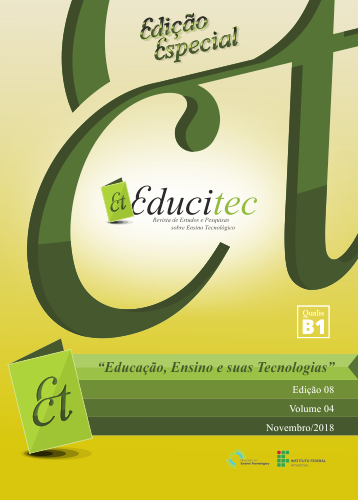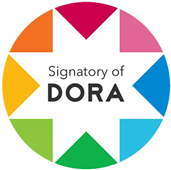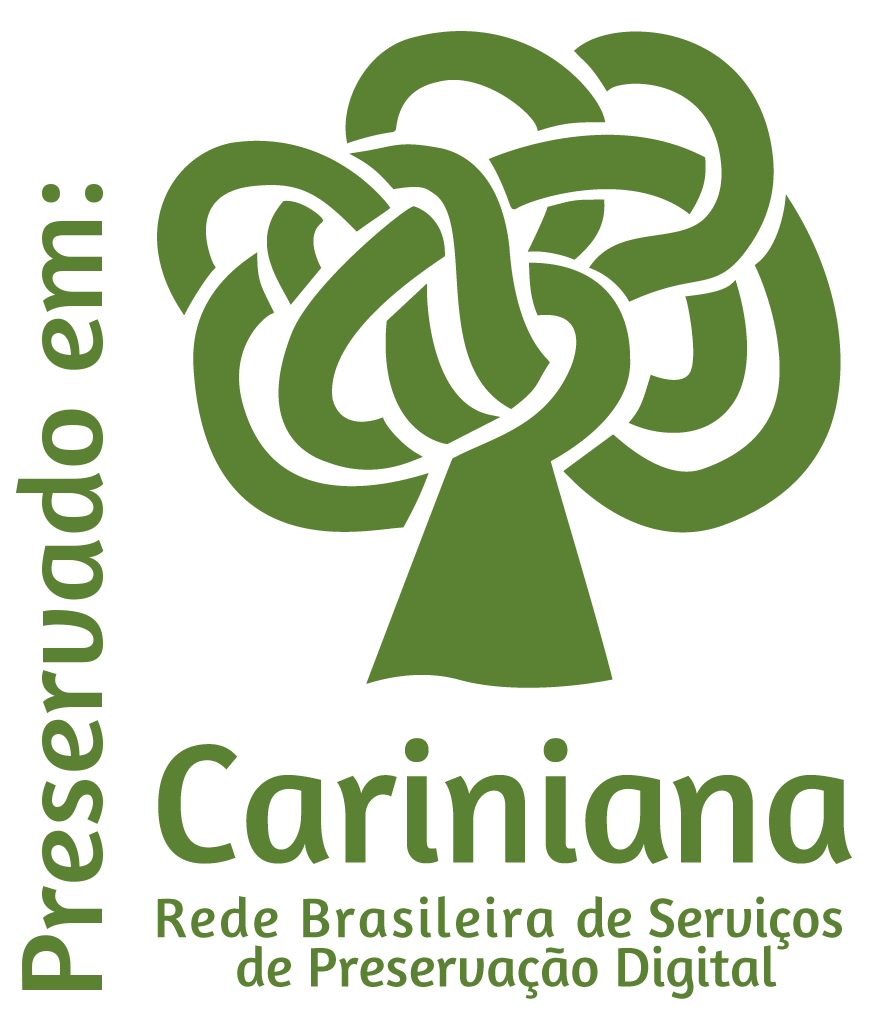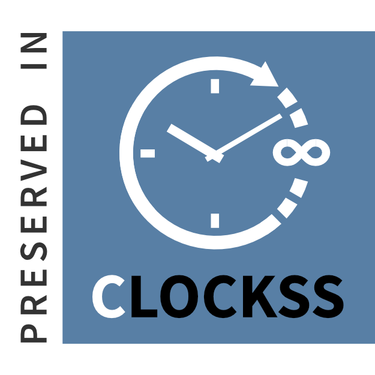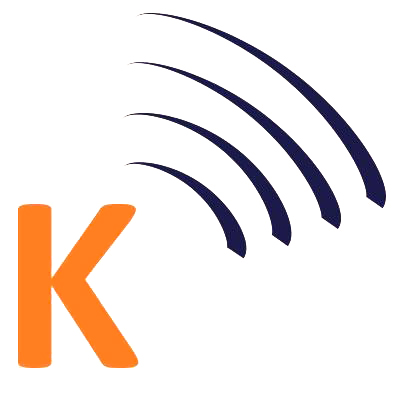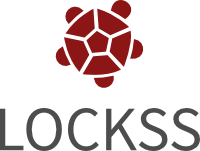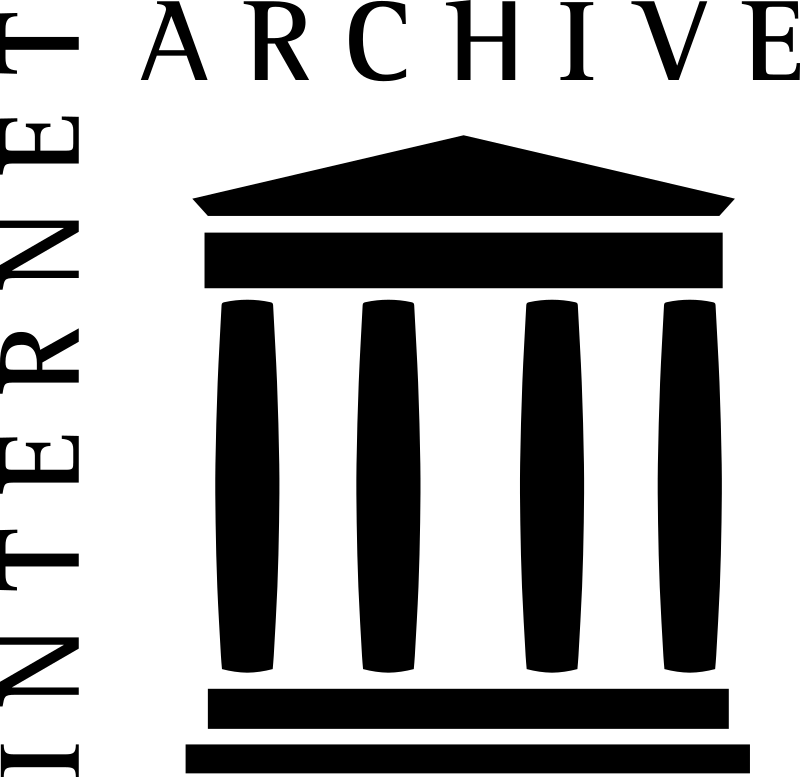Behind photographs and images: reflections on the use of technologies in light of the implications of the hidden curriculum
DOI:
https://doi.org/10.31417/educitec.v4i08.521Keywords:
Ensino de matemática, Tecnologia educacional, Software educativo, Visualização, Matemática aplicada, Currículo implícitoAbstract
For many reasons, during the scholar period many students lose their critical sense and their questioning power, accepting everything that is presented to them. It wouldn't be different about the contentsdeveloped in math classes. The students aren't motivated to ask the presence and the importance of math in their lives, seeing it as a set of rules and techniques to operate. Considering this problem, in a Math's subproject from PIBID, an intervention based on usage of apps developedfrom WolframMathematica software, was proposed; wich enables the conversion and treatment of images in matrices and vice versa. The didactic sequence elaborated for this, sought to encourage the students to realize that math can be present in daily activities, such as, the simple act of photographing objects or people through the cell phone, besides enable the dynamic visualization of the concepts involved in this act. Based on the implications of the hidden curriculum(or implicitcurriculum) for the human development of students, on this article, from episodes happened during the intervention, the potentiality of the activities was analyzed. Previously, can be affirmed that there are indications that besides facilitating the visualization of the relation between images and matrices, the intervention also made possible changes in the the hidden curriculum transmitted to the students, contribuing to develop a critical sense, independence and the capability to socialize
Downloads
References
BARBOSA, S. M. Tecnologias da informação e comunicação, função composta e regra da cadeia. 2009. 199 f. Tese (Doutorado em Educação Matemática) – Instituto de Geociências e Ciências Exatas, Universidade Estadual Paulista, Rio Claro, 2009.
BORBA, M. C.; PENTEADO, M. G.. Informática e Educação Matemática - 3. ed.– Belo Horizonte: Autêntica, 2003. (Coleção Tendências em Educação Matemática, 2)
BRASIL. Pibid – Programa Institucional de Bolsas de Iniciação à Docência. Disponível em: <http://www.capes.gov.br/educacao-basica/capespibid>. Acesso em: 20 ago. 2018.
FERNANDES, R. J. G.; SANTOS JUNIOR, G.; Modelagem matemática: um recurso pedagógico para o ensino de matemática. Revista Práxis, v. 4, n. 8, p. 21-29. Agosto. 2013. Disponível em: <http://revistas.unifoa.edu.br/index.php/praxis/article/view/571>. Acesso em: 20 out. 2018.
GADOTTI, M. Boniteza de um sonho: ensinar-e-aprender com sentido. Feevale, 2003. Disponível em: <http://www.feevale.br/Comum/midias/93aeebed-9c8b-4b56-8341-22ac5cd3b501/Boniteza%20de%20um%20Sonho.pdf>. Acesso em: 20 outubro 2018.
GARNICA, A. V. M. História Oral e educação Matemática. In: BORBA, M. C.; ARAÚJO, J. L. (Org.) Pesquisa Qualitativa em Educação Matemática. Belo Horizonte: Autêntica, 2004.
SÃO PAULO. Caderno do professor: ensino médio, 2ºano. São Paulo: SEE/SP, v.2, 2009.
SILVA, E. O; MOREIRA, M; GRANDO, N. I. O contrato didático e o currículo oculto: um duplo olhar sobre o fazer pedagógico. Zetetiké, Campinas–SP, v. 4, n. 6, p. 9-23, 1996.
SOUZA, J. R. D. Novo olhar Matemática. 1. ed. São Paulo: FTD, v.2. 2010.
VALENTE, J. A. Diferentes usos do computador na Educação, In: VALENTE, J. A. (Org), Computadores e conhecimento, repensando a Educação. UNICAMP-NIED, 1993.
Downloads
Published
How to Cite
Issue
Section
License

This work is licensed under a Creative Commons Attribution 4.0 International License.
This work is licensed under a Creative Commons Attribution 4.0 International License
This license allows others to share, copy, redistribute material in any medium or format, adapt, remix, transform and develop the material based on their work, even if commercially, giving due credit and providing a link to the license.
The published articles are the property and full responsibility of their authors, who may have them for later publication, always including the original edition, and EDUCITEC Magazine does not have any legal responsibility for its content.

